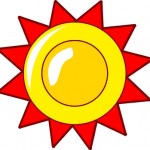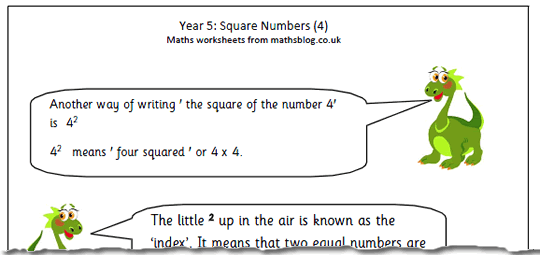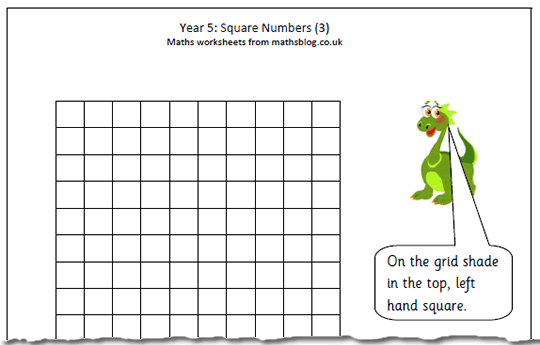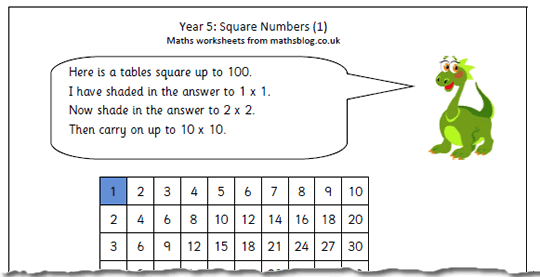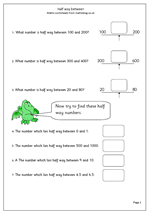A lot is expected of children in Year 2, especially what they should know off by heart when calculating. By the end of the year they should:
• know all addition facts for two numbers up to a total of 10. (eg 4 + 5.)
• be able to derive subtraction facts for numbers up to 10. (eg if they know that 6 + 3 = 9, they can instantly work out that 9 – 6 = 3.)
• know all the pairs of whole numbers which total 20. (eg 16 + 4.)
• know all the pairs of multiples of 10 which total 100. (eg 30 + 70.)
• know the doubles of whole numbers up to a total of 20. (eg double 7.)
• understand that halving is the inverse of doubling and hence derive halving facts from their knowledge of doubling. (eg if double 8 is 16, then half 16 is 8.)
• recall 2, 5 and 10 times-tables. (eg know 5 x 6.)
• work out related division facts. (eg if 5 times 2 is 10, then 10 divided by 5 is 2.)
Now, that is quite a lot to know with instant recall, and they will need plenty of practice to achieve this. Why not go to our Year 2 Knowing and Using Number facts to help them on their way?

